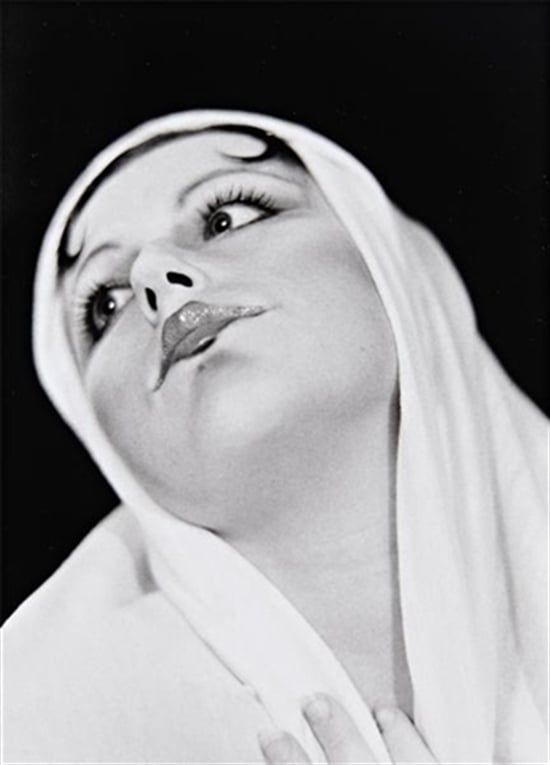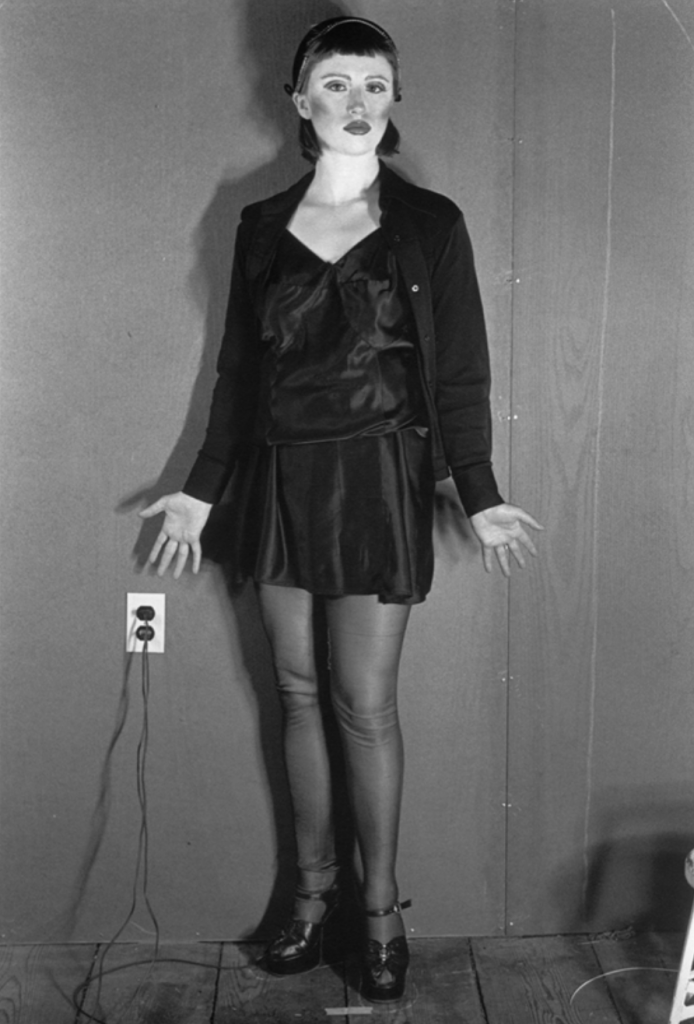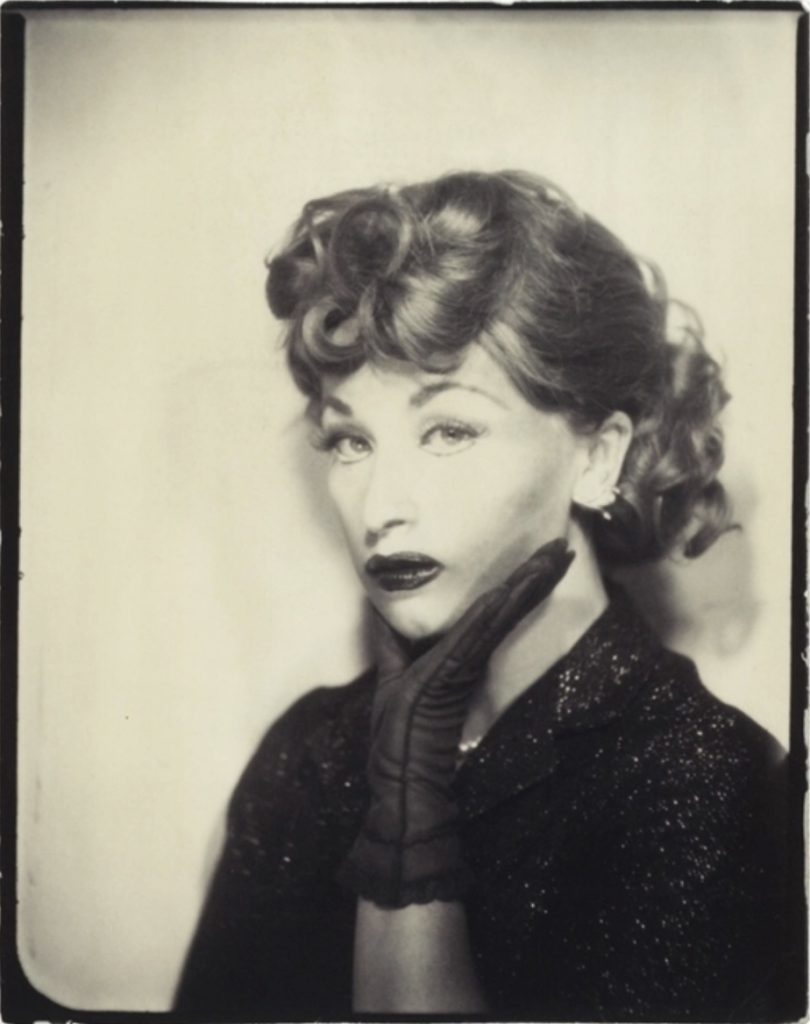HERstory on Artnet Auctions: How Cindy Sherman Redefined The Roles of Muse and Maker


Katie Rothstein

Few artists more effectively comment on women’s archetypal roles than photographer Cindy Sherman. For decades, Sherman had used the full power of the photograph — with its ability to reflect its subjects with specific times and places — to interrogate the limitations of traditional feminine stereotypes.
Our HERstory sale, live now on Artnet Auctions, looks at the works of photographers who have captured women’s experiences across eight decades, both as muse and as maker. With six lots live in the sale, Sherman is the most broadly represented photographer in the sale — and for good reason.
Below Susanna Wenniger, Artnet Auctions Head of Photographs, shares her insights into Sherman’s work, and what it can reveal about women’s roles in society.

Cindy Sherman, Untitled (Line-Up) (1977). Live now in HERstory, est. $15,000—20,000.
“Untitled (Line Up) from 1977, from one of Cindy Sherman’s earliest series, shows Sherman fully embracing her portrait transformations,” Wenniger says. “This series marks an important transition for the artist, bridging the gap between her student work and her celebrated Untitled Film Stills (1977-80), as it is the first time she focused on physical transformation through the use of makeup and clothing––a hallmark of both her art and of womanhood in general. For the series, Sherman created 35 different characters in various costumes, and here she adopts an exaggerated archetypical style of the femme-fatale in a black silk dress, high heels, and dramatic make-up.”

Cindy Sherman, Untitled (Lucille Ball) (1975). Live now in HERstory, est. $9,000—12,000.
“In Untitled (Lucille Ball), Sherman uses makeup, a wig, costume, and props to fully transform herself into the iconic Lucille Ball, becoming virtually unrecognizable as herself in the process,” Wenniger explains. “Sherman adopts the ‘I Love Lucy’ star’s signature curly hair and bright lipstick, exaggerated to appear almost clownish. Both glamorous and humorous, the portrait is Sherman’s version of the ideal that cemented Lucille Ball’s legacy as an iconic 1950s American housewife.”

Cindy Sherman, Untitled (Pregnant Woman) (1991). Live now in HERstory, est. $8,000—12,000.
“In this work, Sheman decidedly creates an unglamorous image of a pregnant woman, unidealized, revealing the unruly fecundity of the pregnant female body,” Wenniger says. “Sherman responds to the changing perceptions of pregnant women at the end of the 20th century, perhaps in reaction to Demi Moore’s iconic nude cover of Vanity Fair from the same year.”
Explore more works from HERstory on Artnet Auctions, live now through July 22.